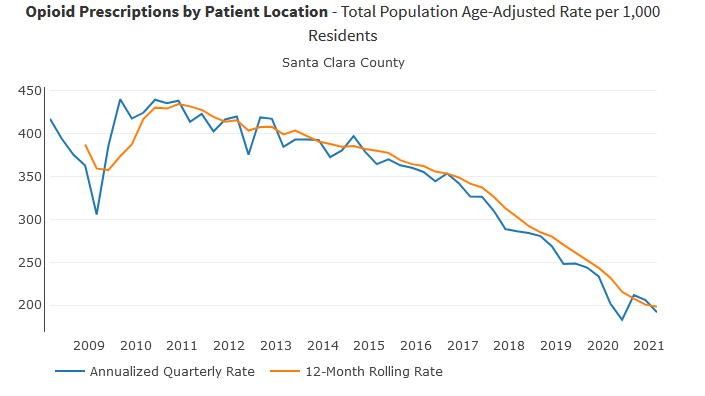Pain Patients Have Low Rates of Illicit Drug Use
/By Pat Anson, PNN Editor
Anti-opioid activists have long claimed that opioid medication is a gateway drug to heroin and other street drugs. That myth is so ingrained in the medical community that many pain patients are discriminated against by doctors and pharmacists, who suspect they are abusing their medication or using illicit drugs.
But a large new study by Millennium Health pokes a hole in that myth, finding that patients being treated in pain management practices are far less likely to use heroin, fentanyl, cocaine and methamphetamine than other patients.
The drug testing firm analyzed the lab results of two million urine tests from 2015 to 2021 – nearly 600,000 coming from pain patients -- and found that patients seeing primary care physicians, behavioral health doctors (psychiatrists and psychologists), or getting substance use disorder (SUD) treatment were significantly more likely to test positive for street drugs than patients of pain management providers.
SOURCE: MILLENNIUM HEALTH
“That’s one of the reasons why we decided to put this out there in the public domain, because it’s important. Because clearly there are differences across these groups,” said Eric Dawson, PharmD, Vice President of Clinical Affairs at Millennium Health.
For example, the positivity rate for fentanyl in urine samples is about 2% for pain management patients – a level that remained stable throughout the 6-year study period.
But Millennium found that for primary care and behavioral health patients, the positivity rate for fentanyl has ticked up to about 5 percent.
In patients getting SUD treatment, the positivity rate has skyrocketed to about 17 percent, no doubt a reflection of the growing presence of illicit fentanyl in street drugs.
Positivity rates for methamphetamine are also rising for most patients – but not for pain patients – while cocaine use has remained relatively flat. Positivity rates for heroin have declined steadily for all patients since 2015, according to Millennium.
“Generally speaking, the pain population that’s treated with opioids is an older population and uses illicit drugs at a very low rate,” said Steven Passik, PhD, VP of Scientific Affairs and Head of Clinical Data Programs at Millennium.
“Not only are they low, they remain low,” says Dawson. “So many of the other groups, over time their positivity rates are increasing. The pain population started low and remains low. And that says they are different than the other groups.”
What makes the findings even more striking is that they include the first two years of the covid pandemic, a time when stress, isolation and depression led many people to abuse drugs.
“But that did not happen in the pain patients. You can actually see that,” says Passik, who believes regular drug testing makes pain management patients less likely to take risks that might affect their healthcare. He thinks the Millennium study should be reviewed by both providers and policymakers to get a better understanding of people in pain.
“There isn’t that much data like this out there. I think it’s unique and very positive about this population. And I think that should be factored in when people are talking about access to opioids,” Passik told PNN.
In addition to fentanyl, heroin and other street drugs, the Millennium study also looked at positivity rates for marijuana, which have soared in recent years due to the legalization of medical and recreational cannabis in many states. By the end of 2021, the positivity rate for cannabis had reached nearly 32 percent for most patients. But, like the other drugs, cannabis use remained relatively low for pain patients.









